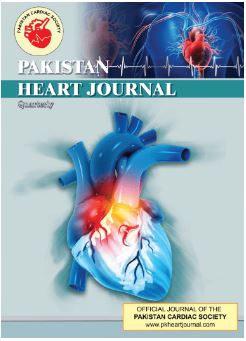Study of histopathological patterns of salivary gland lesion
Main Article Content
Abstract
Objective: To to examine the histological range of salivary gland lesions and determine their distribution pattern. Methodology: This study examines cases of salivary gland tumours (neoplasms of both major and small salivary glands) at the pathology department of a tertiary care teaching hospital. Study included salivary gland biopsies / tissue following surgical resection, submitted, processed routinely and stained with H & E stain, histo-pathologically diagnosed salivary gland lesions in the department of pathology. Histopathological study was carried out as records available of previous 5 years. Results: Proportion of patients with poor oral hygiene (n=71, 76.3%) were morethan good oral hygiene (n=22, 23.7%). Frequency of benign lesion (n=68, 73.1%) were higher than malignant lesion (n=25, 26.9%). The proportions of parotid gland lesions (n=61, 65.6%) were more common than the sub-mandibular gland lesions (n=24, 25.8%). Pleomorphic salivery gland adenoma (n=54, 58.1%) was the most prevalent morphological spectrum of lesions followed by mucoepidermoid carcinoma (n=12, 12.9%) and warthin’s tumor (n=6, 6.5%). Conclusion: Salivary gland tumours are rare and have a wide histological spectrum with overlap in their morphology. Salivary gland tumours are more common in men than in women. Salivary gland tumours, whether benign or malignant, typically arise in the parotid gland.To determine the exact prevalence, large scale studies are warranted.
Keywords: salivary glands, histopathology, pattern, gender
Article Details

This work is licensed under a Creative Commons Attribution-NoDerivatives 4.0 International License.

